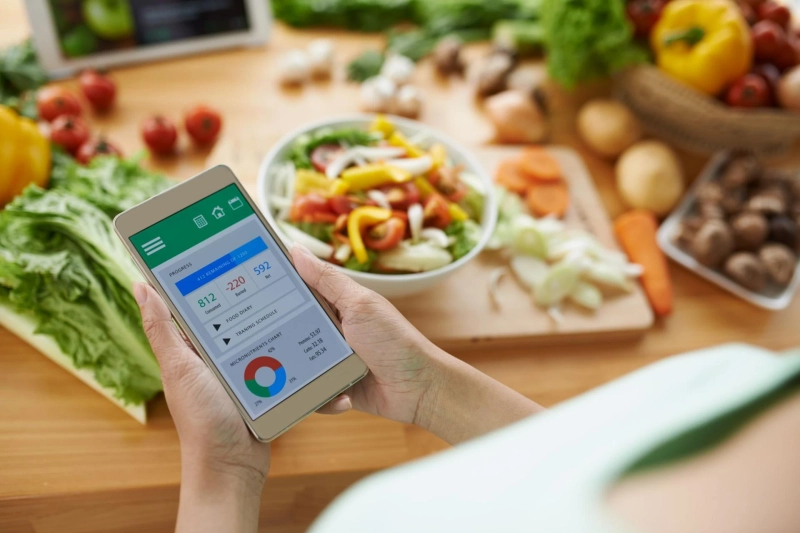With obesity being one of the main risk factors for multiple diseases, governments throughout the world, medical companies, healthcare providers, and even IT specialists are trying to figure out how to deal with the problem. Nutritionists create new diets, USDA provides recommendations on food and calorie intake, personal trainers develop new workout programs, pharmaceutical companies launch new drugs, and marketing specialists invent new super-foods. With the trend of digitalization that skyrocketed during the Covid pandemic of 2020-2021, weight-loss applications become extremely popular. As the market constantly grows, with new niches being discovered every month, we’ve gathered just several types of weight-loss applications that might become commercially successful. This is the most diverse subcategory of weight-loss applications and as the main players of the market are already known, it might be difficult to get the share of the market with the new product. Among the most popular examples of applications that allow their clients to track calorie intake and their physical activity are FatSecret and MyFitnessPal. These apps try to compete with each other by offering bigger product databases, synchronization with smartwatches, scales, etc., and other additional options. Another type of weight-loss application is services that help you improve your lifestyle. This might be something like the I am Sober app that helps you deal with destructive addictions, be it an addiction to alcohol, sugar, or bread. Or more food-related apps like Noom that are focused on imposing healthy relations with food on their clients. This is a relatively new type of weight-loss application that creates customized meal plans for people with various needs and food preferences. As a rule, these services offer their customers recipes with calculated calories and macros and offer a tool for calorie tracking. One of the examples is the Unimeal app that offers its visitors to take a quiz and get a meal plan in the end. As new diets rise every month, technologies are here to help. Today you can get a comfortable application to do intermittent fasting, keto diet, or join the weight watchers. The best examples of these apps are BodyFast for various kinds of intermittent fasting schedules, CarbManager to track your carbs and stay in ketosis, and the Weight Watchers app supported by multiple celebrities. The market of weight-loss applications is not yet filled and you can get your share by coming up with something unique. The easiest way to make a successful application is by analyzing the market needs and developing a unique product for a narrow niche. Think of the less popular diets that have no technical support, incorporate personalized approaches, or create a local app for a particular region or country. When you know your marketing strategy, choose the stack of technologies you feel comfortable with. As a rule, JavaScript is used for the front-end development, and PHP is applied for the back-end. Pay attention to the design and written content. As modern customers are used to user-friendly apps, ignoring UX design might be a great mistake when launching your app. Find a reliable nutritionist or dietitian. Even though weight-loss apps affect the lives and health of clients, they are not considered medical apps just yet. This simplifies their launch on the market but the situation might change any minute. To stay on the safe side, make sure that the recommendations your application provides are scientifically proven and won’t harm your users. Basically, there are four main ways to monetize your weight-loss app. Use a fee-based subscription. Ask for a monthly or weekly fee for your application. Add advertising. This might distract some of the users but advertising is still the easiest way to gain money and keep your services free for clients. Offer premium accounts. Offer additional options for those who’re willing to pay a monthly subscription fee. Integrate a shop to your app. Some services use applications as an additional tool to sell their products. These might be ready-to-eat meals, cookbooks, kitchen devices, workout videos, and many more. Obesity is a great problem in the developed world and you can become part of the solution! Weight-loss apps are not only relatively safe and commercially promising, but they also allow you to help people become healthier and make this world a better place.Types of weight-loss applications
Tracking apps
Healthy habits apps
Personalized meal plans
Special diets apps
First steps on creating a weight-loss app
How to monetize your app?
Summing up
What You Should Know to Create a Weight-Loss Application?


